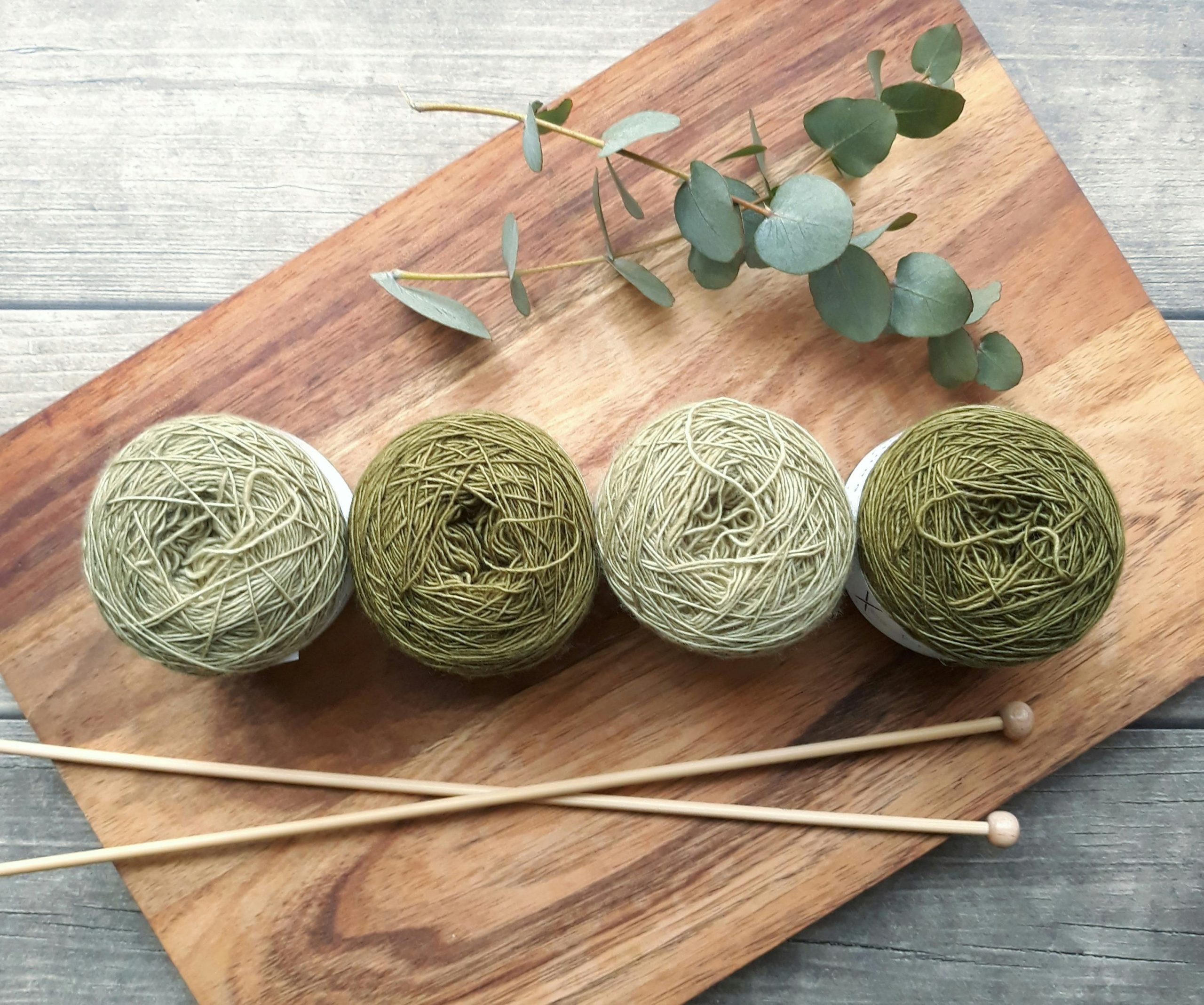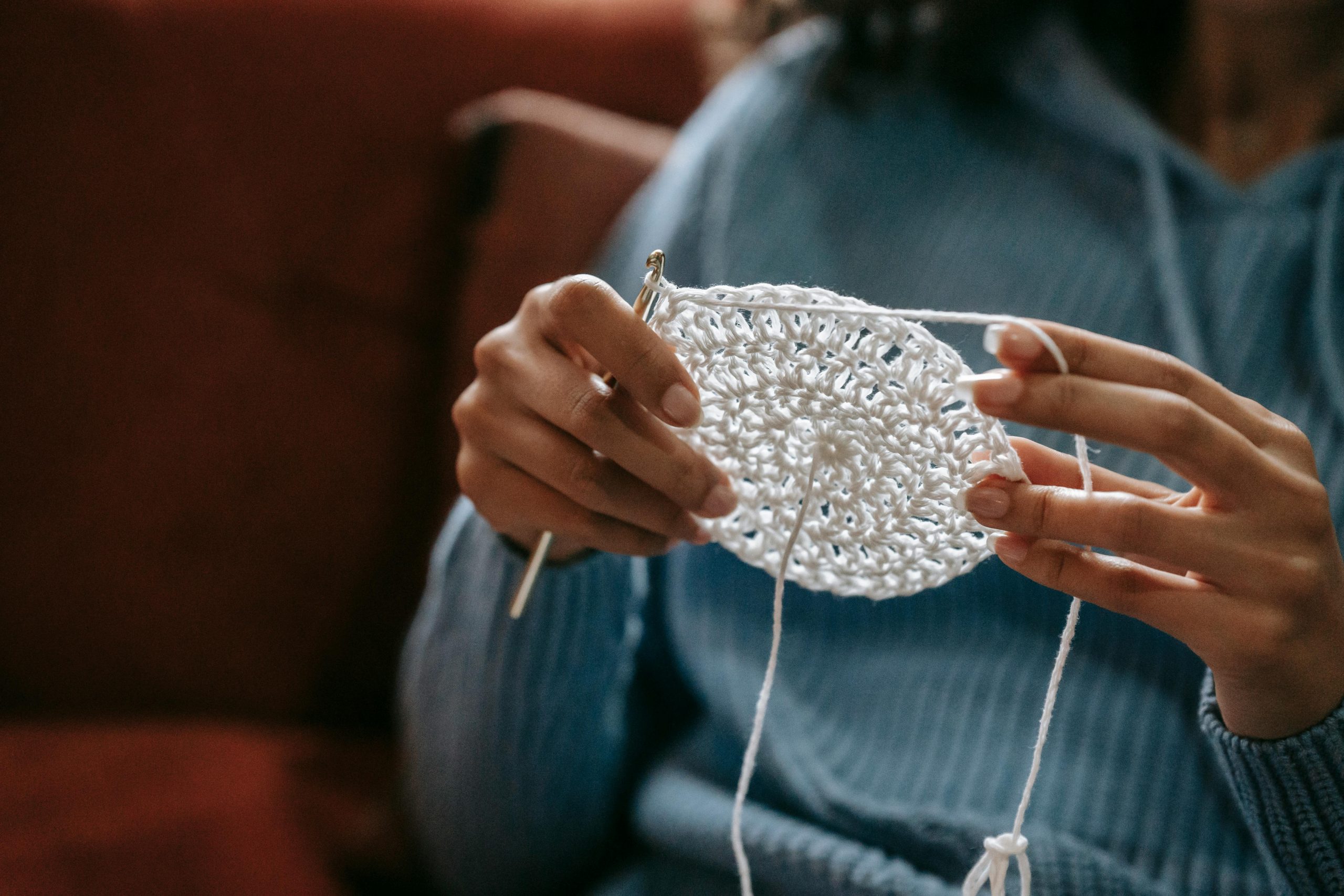Knitting is more than just a cozy hobby — it’s a relaxing, creative way to make beautiful handmade items while slowing down in today’s fast-paced world. If you’re brand new to knitting, you might feel overwhelmed by all the yarn choices, needle sizes, and unfamiliar stitch names. Don’t worry. This guide breaks everything down into manageable steps.
In this beginner’s guide, you’ll learn:
- What knitting actually is (and how it works)
- The essential tools you need to get started
- The basic stitches every beginner should learn
- Simple first projects to practice your skills
- Common mistakes and how to avoid them
Let’s dive in and get you ready to cast on with confidence.
What Is Knitting and Why Start Now?
Knitting is a fiber craft that uses yarn and needles to create fabric by looping stitches together. It’s been around for centuries, and today it’s enjoyed by people of all ages looking for a relaxing, screen-free creative outlet.
Benefits of knitting for beginners include:
- Stress relief and mindfulness
- A sense of accomplishment
- Handmade gifts and wearable creations
- An affordable, portable hobby
Unlike some crafts, knitting doesn’t require a huge upfront investment or a special room in your house. You can knit while watching TV, riding the train, or relaxing before bed.
What Do You Need to Start Knitting?

Before you make your first stitch, you’ll need a few simple supplies. Here’s a breakdown of what to buy and why it matters.
1. Yarn (Start with the Right Type)
Yarn comes in various weights, materials, and textures. As a beginner, start with medium weight yarn (also called worsted weight or category 4). It’s easy to see your stitches and forgiving if you make mistakes.
Best beginner yarn choices:
- Acrylic yarn – budget-friendly and easy to care for
- Cotton yarn – smooth and breathable
- Wool blends – stretchy and warm
Avoid fuzzy, textured, or very fine yarns (like mohair or lace weight) when you’re just starting out.
2. Needles (The Right Size Matters)
Knitting needles come in different materials (wood, metal, plastic) and sizes. For beginners, straight wooden needles in US size 8 (5mm) are ideal — they’re comfortable to hold and work well with worsted weight yarn.
Needle types:
- Straight needles – great for flat projects like scarves
- Circular needles – useful for larger or round projects
- Double-pointed needles (DPNs) – used for knitting in the round, like socks or sleeves
To start, stick with straight needles unless your first project calls for circulars.
3. Other Tools You’ll Want Handy
While not essential, these items make knitting easier:
- Scissors – to cut your yarn
- Tapestry needle – for weaving in ends
- Stitch markers – to track pattern changes
- Measuring tape – to monitor project size
- Row counter (optional) – to help keep track of where you are
You can buy a beginner knitting kit that includes many of these tools or purchase them individually.
Knitting for Beginners: Stitches to Learn First
All knitting is based on just a few core techniques. Once you’ve mastered them, you’ll be able to tackle many different projects with confidence.
1. The Knit Stitch
This is the most fundamental stitch in knitting. If you knit every row, you’ll produce a fabric called garter stitch. It’s dense, squishy, and ideal for simple beginner projects.
To knit:
- Insert the right needle into the front of the stitch on the left needle
- Wrap yarn around the right needle
- Pull the loop through
- Slide the old stitch off the left needle
The motion may feel awkward at first, but with repetition it becomes fluid.
2. The Purl Stitch
The purl stitch is essentially the opposite of the knit stitch. When you alternate rows of knit and purl stitches, you create stockinette stitch — a common, smooth-sided fabric.
Learning to purl early on opens the door to many more patterns and textures. Mastering both knit and purl gives you flexibility and variety.
3. Casting On and Binding Off
Before you begin knitting, you need to cast on — that is, get stitches onto your needle. There are different methods, but the long-tail cast on is beginner-friendly and creates a stretchy, neat edge.
When you finish a project, you bind off (or cast off) to secure the final row and prevent unraveling. This is a simple step that gives your work a finished look.
What Should You Knit First as a Beginner?

Your first knitting project should be simple, repetitive, and achievable. Focus on learning the motions and getting comfortable with handling the yarn and needles.
Here are some ideal beginner-friendly projects:
- Garter stitch scarf – Just one stitch repeated across many rows; it’s a classic first project.
- Dishcloths or washcloths – Small squares that let you practice stitches without a big time commitment.
- Headbands or ear warmers – Small enough to complete quickly, and useful too.
- Baby blanket – A bigger project, but just knit every row with soft yarn and you’ve got a heartfelt handmade gift.
- Simple coasters – Great for experimenting with different stitches on a small scale.
Pick something you’re excited about. The goal isn’t perfection — it’s to enjoy the process and build your confidence.
How Long Does It Take to Learn to Knit?
Everyone learns at a different pace, but the basics can be picked up in just a few hours. After a few days of practice, you’ll notice smoother motions, better tension, and growing comfort with your tools.
To make consistent progress:
- Practice 15–30 minutes daily
- Watch videos or attend local workshops
- Choose easy patterns with clear instructions
- Don’t be afraid to make and learn from mistakes
The more often you knit, the more intuitive it becomes.
What Are the Most Common Beginner Mistakes?
Mistakes are part of the learning curve. Even experienced knitters drop stitches now and then. Here are the most frequent issues beginners face — and how to handle them.
1. Uneven Tension
Beginners often pull yarn too tightly or too loosely. This affects the look and flexibility of your fabric. With practice, your tension will naturally even out.
2. Dropping Stitches
It’s easy to accidentally let a stitch fall off the needle. If this happens, don’t panic — use a crochet hook or knitting needle to pull it back up through the loops.
3. Adding or Losing Stitches
If you accidentally knit into the wrong part of a stitch or miss a loop, you might end up with more or fewer stitches than you started with. Count your stitches at the end of each row to stay on track.
4. Twisted or Misaligned Stitches
Make sure your stitches aren’t twisted on the needle, especially when casting on. Twists can distort the pattern and create uneven edges.
5. Choosing Complicated Patterns Too Soon
Avoid jumping into advanced techniques like lace, cables, or complex shaping at the very beginning. Stick with simple patterns until your hands and eyes are trained.
The key to success is patience. Mistakes offer valuable lessons, and every project — even imperfect ones — adds to your skill set.
Where Can You Learn More?
There’s no shortage of resources for beginner knitters:
- YouTube tutorials – Step-by-step videos are a visual learner’s dream
- Pinterest – A treasure trove of inspiration and simple pattern ideas
- Ravelry – A popular online knitting community with patterns and forums
- Craftsy or Skillshare – Offer structured knitting classes
- Books – Titles like “First Time Knitting” or “Stitch ‘n Bitch” are great for total beginners
Many local yarn stores also offer beginner classes and knitting circles where you can get help in person.
What’s Next After Your First Project?
Once you’ve completed your first scarf or dishcloth, you’ll be ready for slightly more challenging projects. Here are some next steps to consider:
- Try knitting in the round using circular or double-pointed needles
- Follow a written pattern with basic shaping
- Learn to fix mistakes like dropped or twisted stitches
- Explore textured stitches like seed stitch or ribbing
- Add color by changing yarns mid-project
Gradually building your skills allows you to tackle more creative and complex patterns while enjoying the journey.
How Do You Read a Knitting Pattern?
Once you’ve mastered basic stitches and completed a few beginner projects, you’ll likely be ready to try following a written knitting pattern. At first glance, patterns can look like a confusing mix of abbreviations, numbers, and symbols — but once you understand the basics, they become a helpful roadmap.
Understanding Common Pattern Abbreviations
Knitting patterns use standard abbreviations to save space. Here are a few you’ll see often:
- k = knit
- p = purl
- CO = cast on
- BO = bind off
- st(s) = stitch(es)
- RS / WS = right side / wrong side
- rep = repeat
- yo = yarn over (used for creating holes or increases)
- k2tog = knit two stitches together (decrease)
Many patterns will include a glossary or abbreviation key at the top or bottom. Always read that before starting.
How to Follow Row Instructions
A row might read something like this:
Row 1 (RS): K4, p2, k4.
This means: knit 4 stitches, purl 2 stitches, knit 4 more. This would be your first row on the right side of the work.
Some patterns are written row by row, while others use charts. For beginners, written instructions are generally easier to start with.
Tips for Reading Patterns as a Beginner
- Read through the entire pattern before starting so you understand the structure and where things might get tricky.
- Highlight or underline stitch repeats to help you stay on track.
- Use a sticky note or magnetic board to mark your place while working.
- Join a knitting forum or group if you get stuck — pattern help is one of the most common discussion topics.
Once you get comfortable with reading basic patterns, you’ll open the door to sweaters, shawls, hats, and beyond.
Closing Thoughts: You Don’t Have to Be Perfect to Be a Knitter
Knitting for beginners is about discovery, patience, and enjoying the rhythm of the craft. Your first few projects might be full of wonky stitches and uneven edges — and that’s part of the learning process.
Here’s your simple starter checklist:
- Medium-weight yarn (like acrylic or cotton)
- Size 8 straight needles
- Scissors, tapestry needle, stitch markers
- Learn the knit and purl stitches
- Start with a scarf, dishcloth, or headband
- Practice a little each day
Stick with it, and soon enough, you’ll be making handmade gifts, cozy garments, and maybe even writing your own patterns. Happy knitting!
